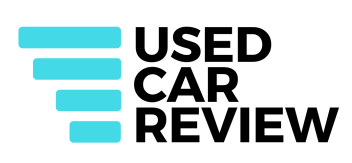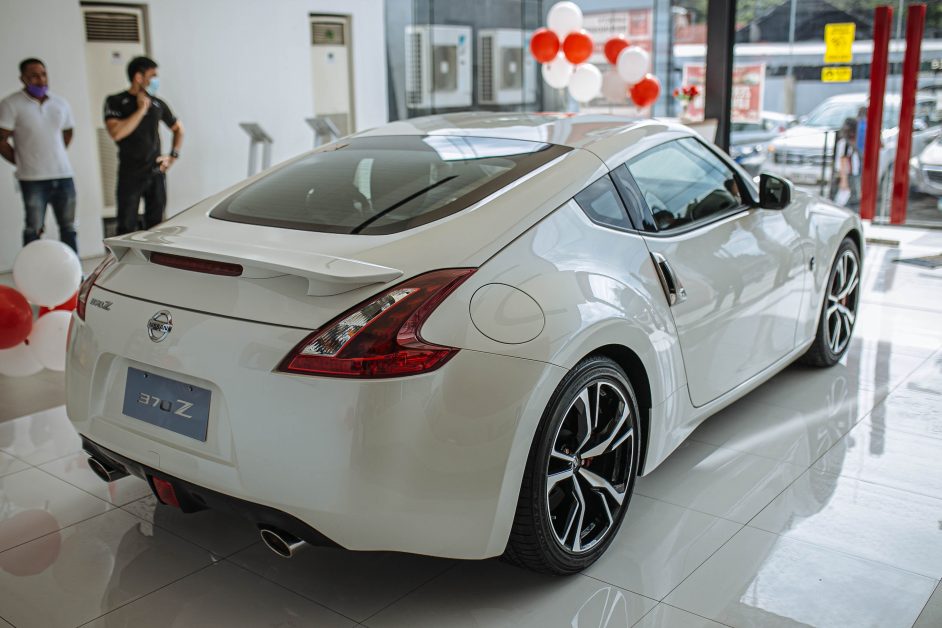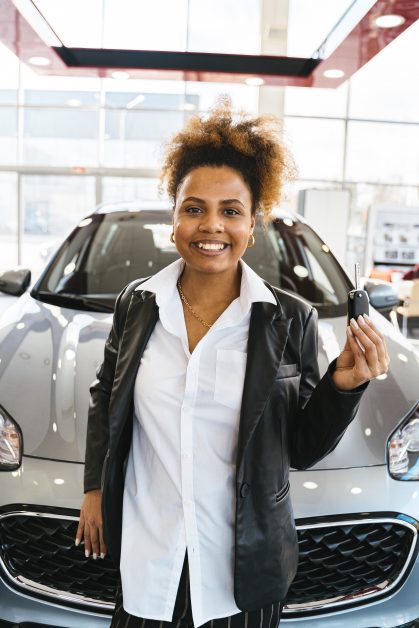Tips for Safely Selling your Used Car
Taking the time to sell your car yourself will earn you a bigger profit. The process of selling a car privately can be overwhelming for many and presents a raft of pitfalls to avoid. In this article, we’ll outline the proven steps to help you successfully and safely sell your car.
It’s no secret that selling your car privately will bring in more cash than those who simply trade-in their cars via a dealership. A dealership always leverages the trade-in to their advantage – it is their reason for being in business, after all.
If you’re not comfortable with selling items yourself, you’ll most definitely struggle with car sales. You need to set a fair price, take good photos, write a clear description, answer queries on the phone and email, manage test drives, and handle the paperwork once the sale goes through.
Tips for Safely Selling your Used Car in South Africa
Tip #1: Make your used car saleable
Give your car a thorough wash and vacuum. A clean car signals that its owner took care of their vehicle, and it can lift the visual appeal of your car tenfold. A few simple touches (such as polishing the car’s headlights, for example) will erase years of age from your car and raise its perceived value.
Presenting your car in its best possible condition isn’t actually about cleanliness or hygiene, but it is a psychological trick. When you personalise your car with window stickers, bumper stickers, hanging air fresheners, cell phone brackets, and such, it doesn’t appeal to the widest markets. Removing those items will make the car seem neutral, neat, and fresh.

Tip #2: Price your used car right
No matter your used car’s mileage, age, or running condition, pricing it right will result in a fair and fast sale. Buyers in South Africa are afraid of the 100,000km mark. As soon as vehicles pass this milestone mileage, their vehicle’s value nosedives. A car’s mileage is not a true indicator of its condition, quality, or value. While some brands and models have a reputation of reliability and robustness, so does the odometer’s reading mean different things.
Take a deep dive onto trusted used car sales platforms such as Cars.co.za and Autotrader.co.za. You’ll learn a great deal about the year model of your car, how dealerships are advertising their stock, and glean an average selling price point of your car’s particular make and model. You might learn that your model has an extra feature that the rest don’t have – and that will make help to make your car stand out from the rest.
What is the right selling price? There are several factors that determine a car’s price. The best tactic to attract the most number of eyeballs to your car’s advertisement is a price that suits your car’s make, model, age, mileage, and condition. If a dealership near you is selling the same vehicle and age as yours, then you’ll find it difficult to price your car more expensively. Peg your car’s price at that of others you deem to be of the same condition and quality as yours.
Tip #3: Create the best used car advert
Your listing is the most important aspect in attracting potential buyers to view your vehicle. Create an advertisement that’s as clear, detailed, and enticing to read as possible. A good car advert’s must-haves include brand name, model, year of vehicle, mileage, a detailed description of the vehicle’s condition, a list of its features, your price, and contact information.
Mention the brand name, model and year of the car and include a detailed description and mention all extras as this helps people to compare it with other ads for similar products and make an informed choice. Don’t forget to give alternative methods of contact and at least one contact number. Post plenty of interior and exterior image of your vehicle.
Your photos need to be crisp, clear, and offer as many angles as possible of your car’s exterior and interior to showcase its condition. Include photos of damage, scratches, and other issues, too. Photographing your car with a neutral background without too many distractions – such as an empty car parking lot – will make your car stand out more in the listings of cars.
Tip #4: Roadworthiness Certificate and Paperwork
Getting a roadworthiness certificate – or even doing the test – will reveal to you the condition of your car and the areas which require attention. Some buyers will expressly require a roadworthiness certificate before concluding a sale. Also have the RC1 certificate (the vehicle’s registration papers) on hand to show any serious buyers that the vehicle is legally in your name, is registered as advertised, and that this paperwork is up-to-date. Of course, for a vehicle that’s still under bank finance, the seller won’t have the registration papers until the loan’s been settled in full.
Tip #5: The Test Drive
When a potential buyer takes your car for a test drive, it is a sign of their intent and appreciation for your vehicle.
Meet somewhere public when showing the buyer the car. Meeting outside a police station or in an area with surveillance cameras is a good idea. For added security have a family member or friend accompany you. Make sure your insurance covers the buyer who will test drive the vehicle. Do not allow potential buyers to test drive the car alone.
Be sure to answer all of the buyer’s questions while on the test drive and make sure that the buyer has spotted the extra features of your vehicle or that you highlight to him/her the outstanding qualities and condition of your car. This is an opportunity for the car to sell itself, but a little sales speak can go a long way to convincing the buyer of your car’s prestige.
Tip #6: Negotiating the Price
There is a reason why dealerships don’t engage with potential buyers before test driving a vehicle. Once a person has test driven a vehicle, they have greater insight into the vehicle’s condition and presented value. Expect a potential buyer to be bullish: remember, it is their duty to buy the best car for as little as possible, while it is your responsibility to sell your beloved car for as much as you can.
Tip #7: Closing the Deal
Closing the deal is one of the most important steps of selling your car after negotiating the price and coming to an agreement. Be upfront and clear about your preferred payment method. Do not allow the buyer to pay via cheque as this is easy to forge and could bounce. Payment by cash is also tricky unless done at a bank where the money can safely be deposited, or in a safe location like a police station. If the buyer pays via an electronic funds transfer (EFT), ensure that the money clears in your bank account before you hand over the keys to the new owner.
Should it happen that the buyer requires a payment plan for the purchase of your vehicle, it is crucial to discuss and agree on terms. It is customary to ask for a 10% deposit to seal the deal.
Tip #8: De-registering the Vehicle
The final step in selling your used car comes once the buyer has made payment and you have handed over the keys. It is crucial to de-register the vehicle from your name. De-registration forms can be obtained from the traffic department or their website. It is the new owner’s responsibility to register the car in their name as well as pass a Roadworthy Inspection.
Conclusion
Selling your car need not be a nightmare if you follow the steps we have outlined. Above all, always trust your gut. Do not allow potential buyers to bully you into lowering your price, but make sure you have the documents to back up the reasoning for your price. If at any time a buyer seems too eager or tries to change the payment method, walk away and move on to the next buyer.







